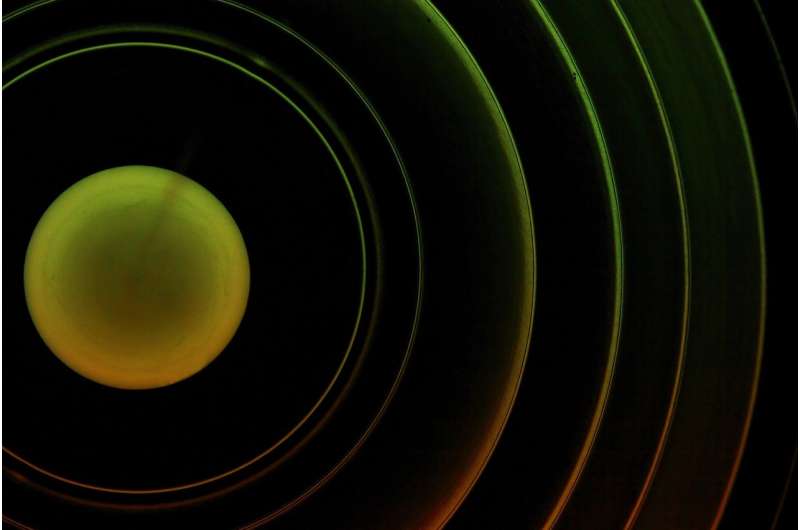January 3, 2019 report
Study of zircon crystals casts doubt on evidence for early development of magnetic field

A combined team of researchers from the University of Cambridge and the University of California has found evidence that casts doubt on the use of zircon crystals as evidence of early development of the Earth's magnetic field. In their paper published in Proceedings of the National Academy of Sciences, the group describes testing they conducted on the crystals and what they found.
Scientists have long been curious about the development of the Earth's magnetic field—it is believed to be part of the process that made life possible on the planet because it shields the atmosphere from the solar wind. But it is not known when it first appeared. Scientists believe that the field exists due to the spin of the Earth's metal core, but that theory was tested when researchers found something intriguing when studying zircon crystals from Jack Hills in Western Australia. The crystals were found to be between 3.3 and 4.2 billion years old, suggesting they could offer evidence of conditions when the planet was still forming.
They noted that the crystals were magnetic, suggesting that they had been magnetized by a planetary magnetic field. But prior research has suggested the Earth's core did not harden until much later—thus, the magnetic field would have been created by a liquid core. In this new effort, the researchers claim to have found evidence that suggests the crystals could have become magnetized much later than their creation date, casting doubt on their use as evidence of a liquid core-generated magnetic field.
The researchers found nano-sized holes in the crystals that appeared to have resulted from radiation damage. That allowed magnetite to accumulate within the tiny holes long after the crystals had developed. The researchers note that magnetite is very easily magnetized (hence its name) and will retain magnetism for very long periods of time, as long as it is not exposed to temperatures above 550°C. This finding suggests that the magnetism in the crystals could have developed long after the crystals formed—and it prevents them from being used as evidence for the existence of a planetary magnetic field during its creation stages.
More information: Fengzai Tang et al. Secondary magnetite in ancient zircon precludes analysis of a Hadean geodynamo, Proceedings of the National Academy of Sciences (2019). DOI: 10.1073/pnas.1811074116
Journal information: Proceedings of the National Academy of Sciences
© 2019 Science X Network



















